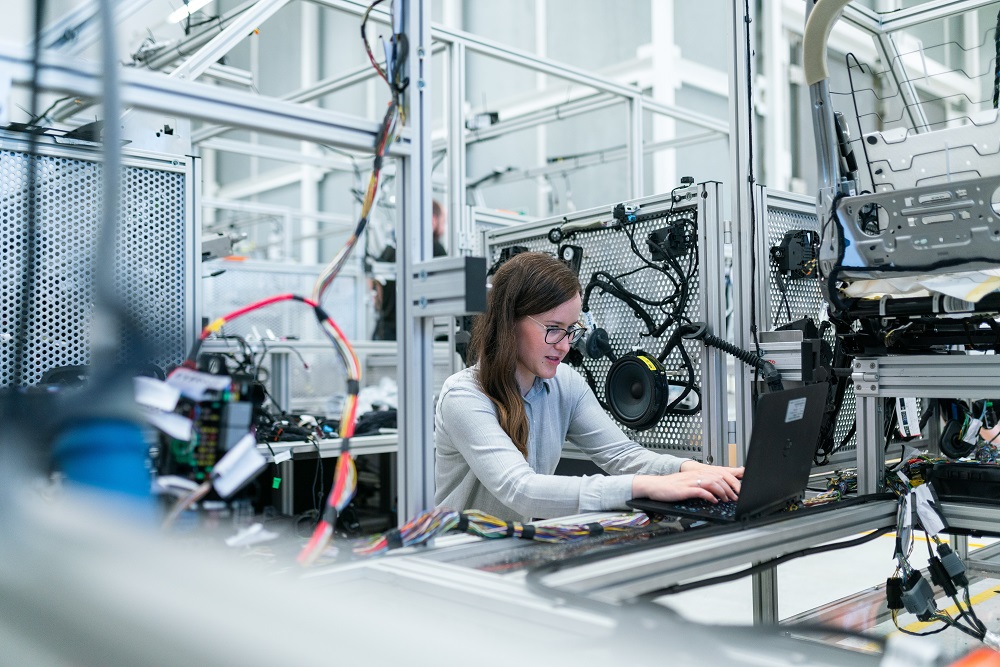When an academic inventor presents their invention to the tech transfer office at the school where they work, the licensing officers analyze whether it would be attractive for licensing. If it doesn’t give a commercial entity a competitive advantage in their field, it is unlikely to be desirable for commercial development, so it wouldn’t make sense for the tech transfer office to patent that invention. If it doesn’t get patented, it becomes freely available to the world when the inventor publishes their work outlining the invention.
If the invention is deemed viable because it offers a competitive advantage that makes it valuable, a patent application should be filed before the investigator submits articles about it for publication in scientific literature. That can sometimes create conflict, especially if the investigator is in a highly competitive field and competitors are nipping at their heels. The first one to publish is usually the one who will be remembered for the breakthrough.
The inventor plays an active role in the patenting process. The licensing officer needs to work closely with the investigator so the officer fully understands the technology and the invention. If it is determined that patenting is the appropriate course of action, the licensing officer is responsible for contacting a patent firm and putting the tech in front of a patent attorney. Then the inventor works hand-in-glove with the patent attorney to ensure the patent application adequately and accurately describes the invention and captures it in a way that represents the best competitive advantage the licensee could get for that invention. All involved parties communicate on an as-needed basis. As the marketing continues, the companies that are contemplating taking on the license will also be doing their own due diligence. They want to speak directly to the investigator to learn about the invention.
The commercial partner must sign a confidential disclosure agreement to protect the intellectual property. They might negotiate a letter of intent/statement of interest stating that the potential licensee has a hold on the technology so it doesn’t get licensed away to someone else. Money might change hands in consideration for holding that technology for a period of time. The letter of intent can be renewable, but not for an indefinite period of time.
Ultimately, the invention belongs to the university. If it’s a state university, that invention is the property of the state. The inventor still has a vested interest in how that invention is being managed and how the license is being negotiated because there is a financial reward – they will share in the licensing income. Each university has a different formula for calculating the money that comes back to the inventor, and in some cases, the department as well. If the university feels that someone is infringing on the patent and they win a lawsuit, a percentage of the litigation income gets shared with the inventors.
- What steps can an investigator take to help the process of getting their invention accepted go more smoothly?
- What is the typical length of time a company can hold an invention?
- When litigator occurs because of patent infringement, how involved is the investigator in that legal process?
- What are the most commercially popular types of inventions?

